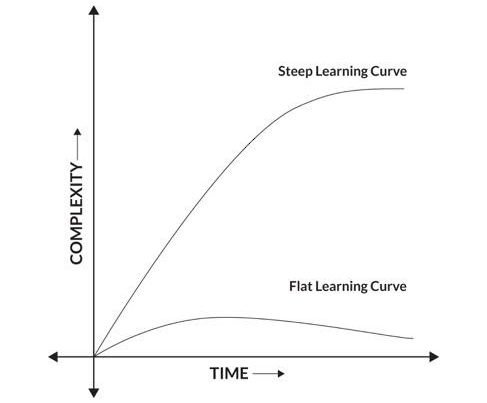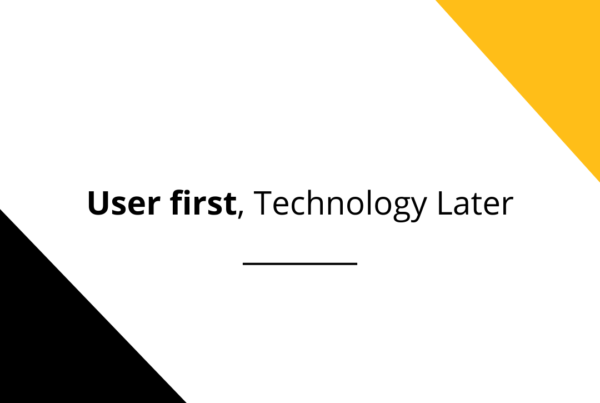
How to get the unbanked into the banking ambit and yet enable the banks to make profits?
Treat Cash flow, not assets, as the new collateral
“Banks finance those who actually don’t need to be financed”. This is an oft-repeated cliché. There’s definitely more than an iota of truth in that statement, because to get a loan from a bank, you have to convince them that you have
enough assets that they can liquidate to more than cover any default. So, in effect, only those having assets that are worth more than the loan value become eligible for a loan.
This being the system for many centuries now, has left a vast majority (people who do not have any assets worth mentioning) unbanked. It is, precisely, this section of society that needs credit to break free from the vicious cycle of poverty and deprivation. These are the people who need to have easier access to finance, so that they can earn their daily bread for survival. No bank looks at such people as a means of business. Banks are not wrong there. How will they manage the repayment operations? How will they recover their money in case of a default?
The Reality today
Take the case of a vendor selling vegetables/fruits on a carriage that he pushes from one corner of the road to the next, in the hope of getting customers. He borrows a sum of say, Rs. 1000/- almost every day from the local money-lender for his working capital requirements. At the end of the day, his sales may amount to maybe Rs.1400/ to Rs.1700/ (on a lucky day). The terms with the money lender are very clear, the vendor has to repay between Rs. 1050/- to Rs.1100/- at the end of the day. The moneylender makes a cool Rs.50/- to Rs. 100/- per day on an
investment of Rs.1000/-, i.e. a 5 to 10% return on investment per day. At some places in Mumbai, we met vendors who were shelling out 20% interest per day. Can a street vendor afford these exorbitant interest rates?
The poor vendor is caught in this trap since he can rarely manage to save money enough to finance his own working capital requirement. He has to depend on the local money-lender to finance his business because he doesn’t have the assets to offer as collateral, for a bank to lend him money. He has to bear such a high interest for two reasons:
- He has no access to any other source of credit &
- He gets the money from the local moneylender, when he needs it, and more importantly with no physical collateral.
The moneylender is obviously treating cash flow as the collateral.
How does the moneylender ensure repayment?
He employs an age-old method. The money-lender’s collection agents (local goons) make sure that every loanee repays the borrowed amount. The poor vendor is caught in this web for most of his working life.
Can the banks come in to support the vendor and build a profitable business simultaneously?
On the face of it, it appears no. It seems to be a case of too much of an operational hassle, imagine having to collect money from every vendor that you have loaned money to. However, a little deeper analysis convinces me that they can, and offer much cheaper* credit to the vendor. By the nature of the vendor’s business, it is generally a cash flow positive business (unless in case of a bad monsoon day when the entire city comes to a standstill or such other situation). Banks can finance every vendor who holds a valid Aadhar card and has a mobile phone. Through the
Aadhar card, a bank account can be opened and operated via the mobile phone.
All transactions can be managed electronically through the mobile phone. Money can be deposited daily into the vendor’s account as per his requirement and the interest can be debited every night (depending on the vendor’s operating cash cycle).
A question that would come to your mind is that, what if the vendor defaults?
Well, it is a valid one. However, please note that the vendor would not get his next day’s requirement of capital if he doesn’t repay today’s borrowing along with interest. Remember his survival depends on the credit finance he receives every day. So the possibility of default is really, really low. Even if there were a default, it would essentially be of very low amounts since the credit line offered is for daily working capital requirements. So it’s easier for a bank to cut the credit line and restrict its losses. All of this can be managed electronically through a mobile phone-friendly platform with no human collection agents at all. The only mandatory requirement that the vendor has to fulfill is that he should hold a valid Aadhar card and have an internet-enabled mobile phone (the phone could be provided by the bank at a nominal charge to those vendors who do not already have one)
* even if the bank charges a nominal 0.1 to 0.5 % interest per day, the annual interest it will earn is a whopping 32 to 160% interest per annum (assuming a street vendor works 320 days in a year)
Is there a market for this?
A study by Bhowmick & Saha of the Tata Institute of Social Sciences, Mumbai titled, ‘Street vending in ten cities in India’ (June 2012) states that more than 50% of street vendors do not have enough personal savings to finance their business. They borrow from moneylenders at interest rates varying from 300 to 1000% per annum. In fact, some moneylenders expect to be repaid at the end of the month. The difference in the capital loaned and repaid is even more, since the vendors are uneducated folks and not very adept at mathematical calculations. As of 2012, NASVI (National Association of Street Vendors of India) had a membership of 300,000. This number must have gone up multifold in the last four years. Plus, there must be at least five times more number of street vendors across the country, who are not registered with NASVI. That should give a fair idea of the volume of business waiting to be tapped by the organized banking sector.



